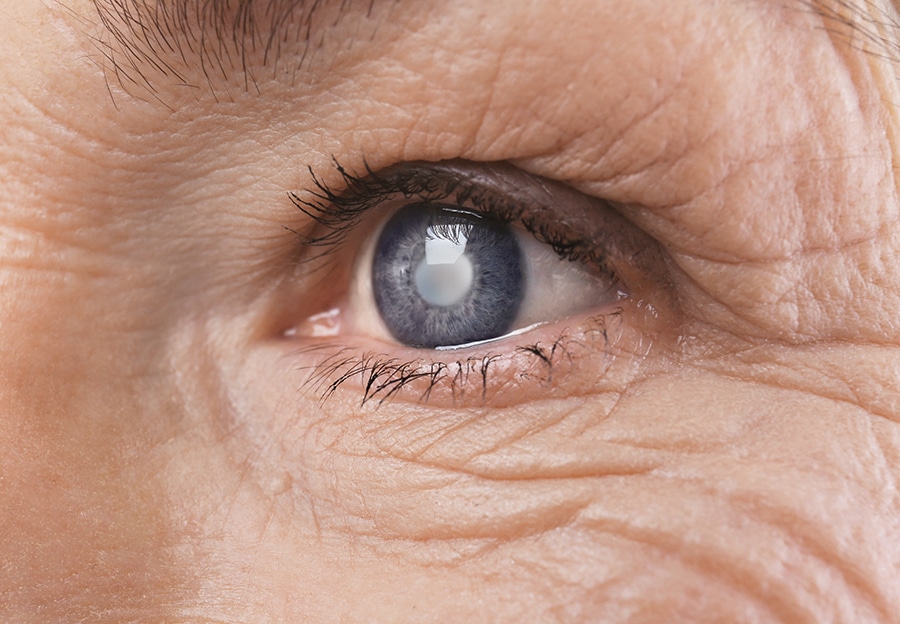Glaucoma is a group of eye conditions that damage the optic nerve, which is vital for good vision. This damage is often caused by abnormally high pressure in your eye and is one of the leading causes of blindness for people over the age of 60. However, blindness from glaucoma can often be prevented with early detection and proper treatment. In this blog, we’ll explore the basics of glaucoma, including its types, symptoms, causes, risk factors, and treatment options.
Types of Glaucoma
There are two main types of glaucoma:
- Open-angle glaucoma: The most common form, characterized by the slow clogging of the drainage canals, resulting in increased eye pressure. It develops slowly and is a lifelong condition.
- Angle-closure glaucoma: This type occurs when the iris is very close to the drainage angle in the eye. It can cause a sudden buildup of pressure in the eye and is considered a medical emergency.
Symptoms
Glaucoma is often called the “silent thief of sight” because most types typically cause no pain and produce no symptoms until noticeable vision loss occurs. For this reason, glaucoma often progresses undetected until the optic nerve already has been irreversibly damaged, with varying degrees of permanent vision loss.
- Open-angle glaucoma: Symptoms are often not noticeable until the disease has progressed significantly. It may start with lost peripheral vision.
- Angle-closure glaucoma: Symptoms may include severe eye pain, nausea, redness in the eye, seeing colored rings around lights, and blurred vision.
Causes and Risk Factors
The exact cause of glaucoma is unknown, but it is generally understood to be a result of high intraocular pressure damaging the optic nerve. Several factors can increase your risk of developing glaucoma, including:
- Age: People over 60 are at increased risk.
- Ethnicity: African-Americans, Asians, and Hispanics are at higher risk.
- Family history: Those with a family history of glaucoma have a higher risk.
- Medical conditions: Diabetes, high blood pressure, and heart disease may increase risk.
- Physical injuries to the eye.
Diagnosis
Glaucoma is diagnosed through a comprehensive eye examination. Testing may include measuring intraocular pressure (tonometry), testing for optic nerve damage with a dilated eye exam, and visual field tests to check for areas of vision loss.
Treatment
While there is no cure for glaucoma, early treatment can often stop the damage and protect your vision. Treatment options include:
- Medications: Prescription eye drops are often the first step in treating glaucoma. These can help decrease eye pressure by improving how fluid drains from your eye or by decreasing the amount of fluid your eye makes.
- Laser treatment: Laser surgery can increase the flow of fluid from the eye in open-angle glaucoma or eliminate fluid blockage in angle-closure glaucoma.
- Microsurgery: In some cases, a procedure called trabeculectomy is performed to create a new drainage path for fluid to leave the eye.
Prevention and Monitoring
Regular eye exams are crucial to detect glaucoma early and start treatment that can prevent vision loss. People at higher risk should have more frequent exams. If you’re diagnosed with glaucoma, closely follow your treatment plan and monitor your vision with regular follow-up care.
In conclusion, glaucoma is a serious eye condition that can lead to blindness if not treated. Awareness, early detection, and treatment are key to managing glaucoma and maintaining good vision. If you are at risk for glaucoma, or over the age of 40, regular eye exams are essential for early detection and preventing the progression of the disease.
Reach out to us to arrange a glaucoma screening appointment.

